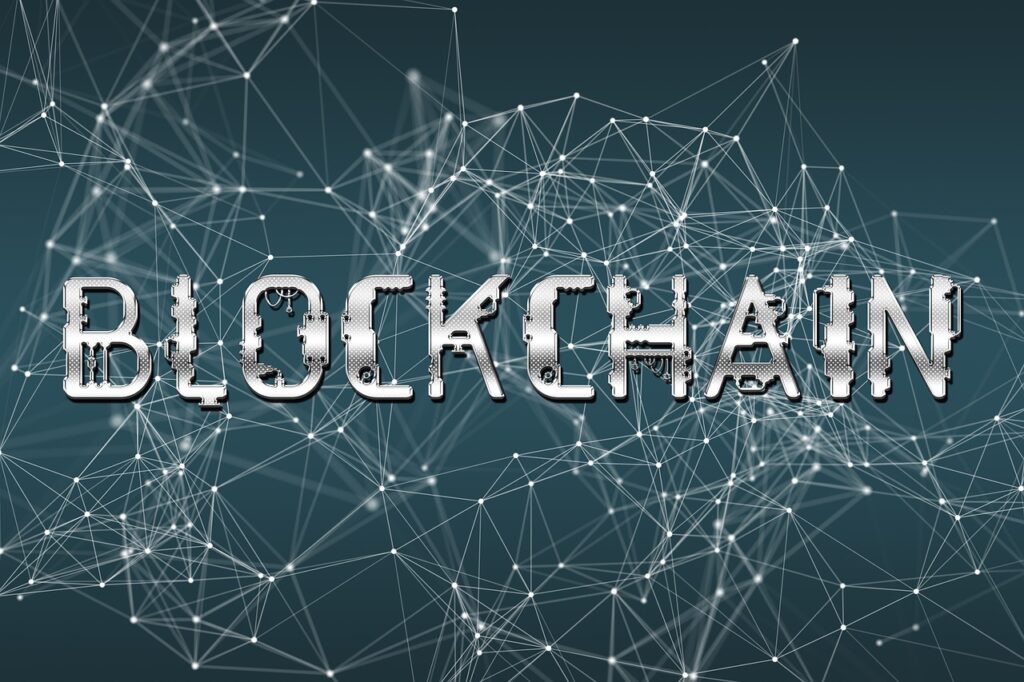Understanding Blockchain Technology: Revolutionizing the Digital World – Blockchain technology has emerged as one of the most transformative innovations in recent times, promising to revolutionize various sectors of the digital world. From its humble beginnings to its widespread adoption today, blockchain has garnered significant attention for its potential to disrupt traditional systems and processes. In this article, we delve into the intricacies of blockchain technology, exploring its history, workings, applications, advantages, challenges, and future trends.

Introduction to Blockchain Technology
At its core, blockchain is a decentralized digital ledger that records transactions across a network of computers. Unlike traditional centralized systems, where a single entity controls the database, blockchain operates on a peer-to-peer network, making it transparent, secure, and tamper-proof.
History of Blockchain
The concept of blockchain was first introduced in 2008 by an anonymous person or group known as Satoshi Nakamoto, who outlined the idea in a whitepaper titled “Bitcoin: A Peer-to-Peer Electronic Cash System.” Since then, blockchain technology has evolved rapidly, with numerous cryptocurrencies and applications being developed.
How Blockchain Works
Blockchain works by creating a chain of blocks, each containing a list of transactions. These blocks are linked together using cryptography, ensuring that any attempt to alter the data would require the consensus of the network participants.
Key Components of Blockchain
Cryptography
Cryptography plays a crucial role in ensuring the security and integrity of blockchain transactions. It involves the use of cryptographic techniques such as hashing and digital signatures to authenticate and encrypt data.
Distributed Network
Blockchain operates on a distributed network of computers, known as nodes, which work together to validate and record transactions. This decentralized nature eliminates the need for intermediaries, reducing the risk of fraud and censorship.
Consensus Mechanism
Consensus mechanisms, such as Proof of Work (PoW) and Proof of Stake (PoS), are used to achieve agreement among network participants on the validity of transactions. These mechanisms ensure that the majority of nodes reach a consensus before a new block is added to the chain.
Applications of Blockchain Technology
Blockchain technology has a wide range of applications across various industries, including:
- Cryptocurrencies: Bitcoin, Ethereum, and other cryptocurrencies are built on blockchain technology, enabling secure and decentralized peer-to-peer transactions.
- Smart Contracts: Smart contracts are self-executing contracts with the terms of the agreement directly written into code. They automate and enforce the execution of contractual agreements without the need for intermediaries.
- Supply Chain Management: Blockchain can be used to track and trace the flow of goods and information across supply chains, improving transparency, efficiency, and trust.
Advantages of Blockchain
Security
Blockchain offers enhanced security through its cryptographic algorithms and decentralized architecture, making it resistant to tampering and fraud.
Transparency
The transparent nature of blockchain ensures that all transactions are visible to network participants, fostering trust and accountability.
Immutability
Once data is recorded on the blockchain, it cannot be altered or deleted, ensuring the integrity and permanence of the information.
Challenges and Limitations
Despite its numerous benefits, blockchain technology faces several challenges and limitations, including:
- Scalability: As blockchain networks grow larger, scalability becomes a significant concern, impacting transaction speed and cost.
- Regulation and Legal Issues: The regulatory landscape surrounding blockchain is still evolving, posing challenges in terms of compliance and legal acceptance.
Future Trends in Blockchain
Looking ahead, blockchain technology is expected to continue evolving and expanding its reach. Some future trends include:
- Integration with Other Technologies: Blockchain is likely to be integrated with other emerging technologies such as artificial intelligence and the Internet of Things (IoT), creating new opportunities for innovation.
- Potential Industries for Disruption: Industries such as finance, healthcare, and supply chain are ripe for disruption by blockchain technology, with potential applications ranging from secure payments to medical record management.
Conclusion
In conclusion, blockchain technology holds immense promise for transforming the digital landscape, offering unparalleled security, transparency, and efficiency. While challenges remain, the potential of blockchain to revolutionize various industries is undeniable. As we continue to explore and innovate in this space, the future of blockchain looks increasingly bright.
FAQs
- What is blockchain technology?
- Blockchain technology is a decentralized digital ledger that records transactions across a network of computers, ensuring security, transparency, and immutability.
- What are some popular applications of blockchain?
- Popular applications of blockchain include cryptocurrencies, smart contracts, and supply chain management systems.
- What are the advantages of blockchain?
- The advantages of blockchain include enhanced security, transparency, and immutability, leading to increased trust and efficiency.
- What are the challenges facing blockchain technology?
- Challenges facing blockchain technology include scalability issues, regulatory uncertainty, and interoperability concerns.
- What does the future hold for blockchain?
- The future of blockchain holds exciting possibilities, including integration with other technologies and disruption of various industries.




